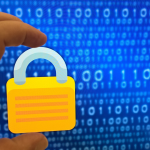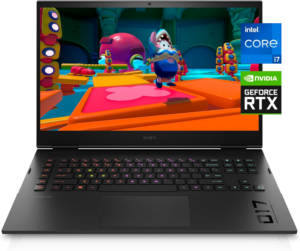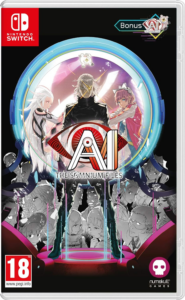Aurora, an Ethereum Layer-2 protocol that provides developers and users the experience of Ethereum on top of NEAR Protocol, a scalable blockchain-based developer platform, has officially launched. Aurora combines two pieces of technology to create a seamless experience: a full-featured Ethereum Virtual Machine (EVM) and a powerful cross-chain bridge. Developers can launch their Ethereum decentralized applications (dApps) on Aurora within minutes by linking to other Ethereum contracts and assets.
Due to increasing traffic in global network activity, Ethereum transaction fees have reached record highs. Aurora bypasses these growing costs by capping gas fees to ensure they do not infinitely increase, maintaining an average transaction cost of a few cents. Aurora manages to lower costs while radically speeding up transactions, which achieve finality within two seconds. Aurora lets developers deploy existing Solidity and Vyper contracts with no changes, while users can seamlessly access these applications using MetaMask and other Ethereum wallets. At the same time, ERC-20 tokens and contract data will be transferable from Ethereum to Aurora through the trustless Aurora bridge (based on the Rainbow Bridge). With low costs, best-in-class transaction finality, and scalability, Aurora redefines what is possible in the Ethereum ecosystem while also expanding NEAR’s ecosystem with the inclusion of every EVM-based application.
“With Aurora, Ethereum users can work with familiar applications while benefiting from the efficiency of NEAR, removing a steep financial barrier to entry for users and developers,” said Illia Polosukhin, Co-founder of NEAR Protocol. “Our goal is to create an interoperable future where the gaps between blockchains, developers and users are bridged. Aurora does just that by allowing for a seamless user experience and allowing for assets to pass uninterrupted between the Ethereum and NEAR blockchains, thereby merging economies and facilitating the development of creator communities that will bring this technology to the mainstream.”
Aurora is fully compatible with Ethereum 1.0, including base fees paid in ETH and out-of-the-box operability with all existing wallets and other tools. To start using Aurora, please visit https://aurora.dev.
About Aurora
Aurora is an Ethereum Layer-2 built on top of NEAR Protocol. Aurora delivers 1000x lower transaction fees compared to Ethereum and sub-two-second transaction finalization. Aurora is fully interoperable with Ethereum, with ETH used as a base token and all existing Ethereum tools usable out of the box. Aurora includes the trustless Rainbow bridge, allowing for bidirectional transfers of any information from Ethereum, including ERC-20s. To learn more about Aurora, please visit https://aurora.dev.
About NEAR Protocol
NEAR Protocol is a blockchain-based, ultra-scalable, developer-friendly platform for decentralized applications. NEAR’s platform provides decentralized storage and compute that is secure enough to manage high value assets like money or identity and performant enough to make them useful for everyday people, putting the power of the Open Web in their hands.
NEAR Protocol uses a technique called “sharding” which splits the network into multiple pieces so that the computation is done in parallel. Parallelism radically increases throughput and allows the network to scale up as the number of nodes on it increases. With NEAR, there isn’t a theoretical limit on the network’s capacity.
Core contributors of NEAR have won multiple world championships in competitive programming and worked at major tech companies such as Google, Facebook and Niantic. To learn more about the NEAR Protocol, please visit https://near.org.
View source version on businesswire.com: https://www.businesswire.com/news/home/20210512005215/en/
![]()











